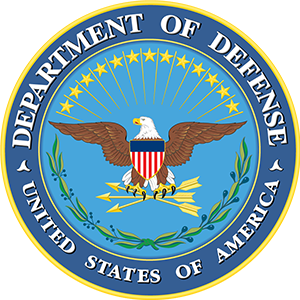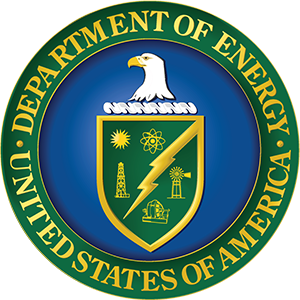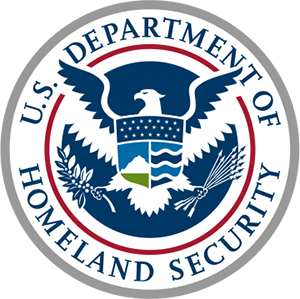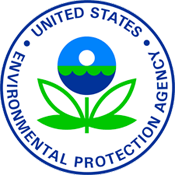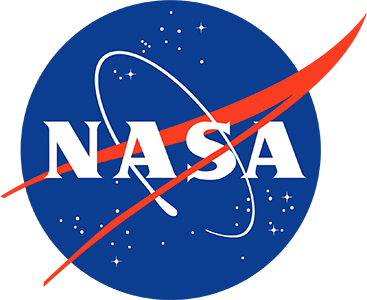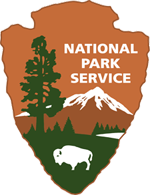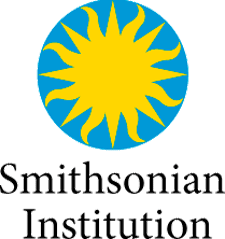Introduction
Within This Page
Storm Water, which is water originating from precipitation, snow, or ice melt that picks up, carries, and transports pollutants, is a growing source of water pollution in many watersheds across the country. As development and areas with impermeable surfaces increase, the areas where storm water can be absorbed decreases. Primarily storm water runoff is carried away as fast as possible using gray infrastructure such as pipes, pumps, and sewers.
Storm water control measures are used to keep storm water where it falls and slowly release it back into the environment. These measures include green infrastructure practices to retain, infiltrate, and delay the release of storm water to streams and rivers. Green infrastructure and low impact development practices strive to protect, restore, or mimic the natural water cycle, including rain gardens, permeable pavement, green roofs, and other practices to improve sustainability and resilience.
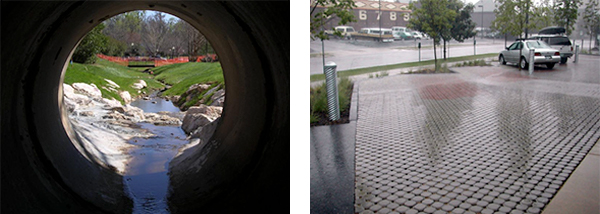
Left: Storm water drainpipe. Right: Permeable pavers in a parking lot
Description
EPA Green Infrastructure Basics
Green infrastructure is an approach to storm water management that combines the resilient management of wet weather impacts with community benefits. By reducing and treating storm water at its source, green infrastructure provides environmental, social and economic benefits. This can be done by implementing green infrastructure elements such as rainwater harvesting, rain gardens, planter boxes, bioswales, permeable pavements, green roofs, and more. Implementing these solutions at the source reduces the burden downstream on WRRFs, saving money while greening cities.
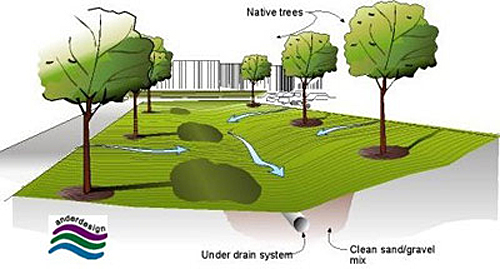
Bio-swale schematic
Courtesy Pierce County, Washington / WSU Extension
Relevant Codes, Standards and Guidelines
- EPA Green Infrastructure
- EPA Low Impact Development
- EPA NPDES Stormwater Program
- UFC 3-201-01 Civil Engineering
- UFC 3-210-10 Low Impact Development
- UFC 3-240-01 Wastewater Treatment and Collection
Additional Resources
Organizations
- NGICP
- Stormwater Testing and Evaluation of Products and Practices (STEPP) Initiative
- WEF Stormwater Institute
Publications
- Rainfall to Results Report. WEF Stormwater Institute, 2015.

